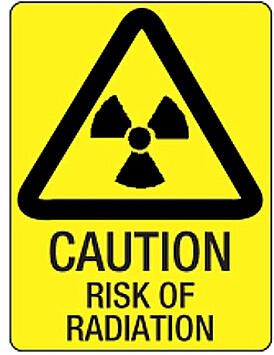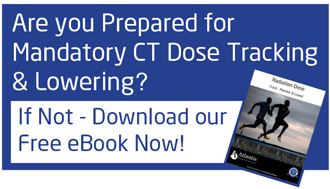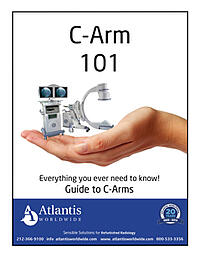A recent study in the Annals of Internal Medicine supports the value of low-dose CT lung scanning for high-risk Medicare-eligible patients. This is seemingly good news, right? MITA, the Medical Imaging and Technology Alliance, has come out and applauded the effort. And when taken at face value, it does seem  praise worthy - groups are aligning and the benefit should be low dose CT exams and improved health outcomes with both being achievable without a heavy financial burden for seniors.
praise worthy - groups are aligning and the benefit should be low dose CT exams and improved health outcomes with both being achievable without a heavy financial burden for seniors.
But taking a step back from the situation, away from the flurry of positive energy and cheering of “low dose,” I personally need to question what this really achieves when there is no definition of "low dose." Putting the payment piece aside and just focusing on dose – what are we really achieving for patients? And are we potentially misleading them if we don’t even have established dose parameters?
 praise worthy - groups are aligning and the benefit should be low dose CT exams and improved health outcomes with both being achievable without a heavy financial burden for seniors.
praise worthy - groups are aligning and the benefit should be low dose CT exams and improved health outcomes with both being achievable without a heavy financial burden for seniors.But taking a step back from the situation, away from the flurry of positive energy and cheering of “low dose,” I personally need to question what this really achieves when there is no definition of "low dose." Putting the payment piece aside and just focusing on dose – what are we really achieving for patients? And are we potentially misleading them if we don’t even have established dose parameters?
Clinical studies demonstrated that sub-milli-Sievert chest CT scans are diagnostically acceptable and that that low dose CT Lung Screening should be under 1.5 – 2 mSv. However, in reality, CT lung screening dose levels range from 0.7 mSv to 7 mSv. Leading organizations that define healthcare standards, such as the aforementioned MITA have refrained from defining “low dose” and putting specific requirements in place. Why? To avoid controversy among vendors and health systems? What reason could there be for taking so long to address a topic that could be so beneficial for patients? The question we must all ask is, what are we actually accomplishing if the appropriate parameters and a clear definition of what level achieves low dose CT imaging are absent? Is this talk of low dose merely for ourselves – a pat on the back for providing improvements? Or is it significant and meaningful for patients?
In life in general, and in my case in years running a business, I can attest to and have great appreciation for the fact that no significant change comes without hard work, great effort, and time. I certainly do join MITA in applauding this study and recognize that great strides have been taken in recent years to improve the safety of CT imaging. However, more can and should be done.
I ask you to weigh in with your thoughts. Should we define what low dose CT is, and if so, what do you believe that level should be?
Other blogs you may have missed:





